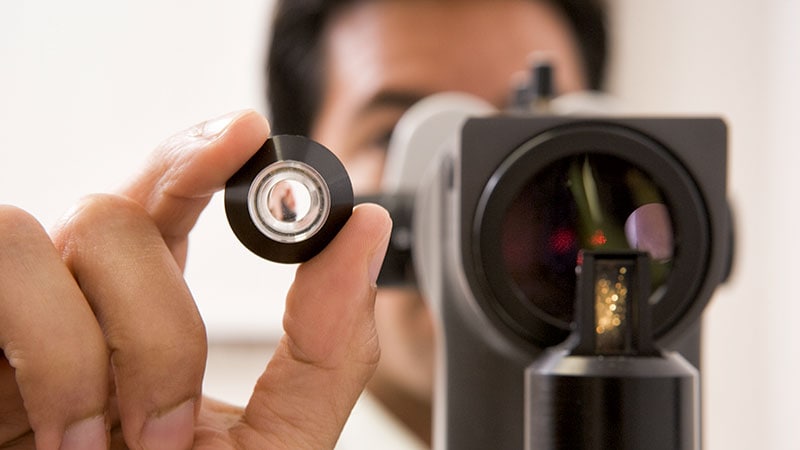TOPLINE:
Patients with glaucoma have a notable burden of depression and anxiety that often goes undetected, highlighting a critical gap in healthcare, the researchers found. These psychological comorbidities were linked to worse general health and poorer quality of life due to visual impairment and occurred more commonly among women, younger patients, and those with lower incomes.
METHODOLOGY:
- Researchers conducted a cross-sectional study to assess the prevalence of anxiety and depression among individuals diagnosed with glaucoma and to identify risk factors associated with these psychological comorbidities.
- They analyzed data of 249 adult patients with glaucoma (mean age, 60.49 years; 54.6% women) who were interviewed at an eye hospital in Germany using a three‐part standardized questionnaire.
- The questionnaire asked for details on demographics, medical history, and ocular health including clinical data on glaucoma and assessed symptoms of depression and anxiety as well as the effect of overall health and visual impairment on quality of life.
TAKEAWAY:
- Although only 11.2% of patients with glaucoma had a prior diagnosis of depression and 1.2% had a prior diagnosis of anxiety, screening revealed significantly higher rates of symptoms of both anxiety (42.2%) and depression (34.9%; P < .001) in this cohort.
- Scores used for assessing depression showed a strong correlation with those used for assessing anxiety; a higher severity of depressive symptoms was associated with poorer mental and physical health, lower quality of life due to visual impairment, female sex, living alone, younger age, and lower incomes (P < .05 for all).
- A higher severity of anxiety symptoms was also linked to poorer mental and physical health, lower quality of life due to visual impairment, female sex, and lower incomes (P < .05 for all).
IN PRACTICE:
“Incorporating routine psychometric screening into standard clinical practice is essential to facilitate early detection and treatment of psychological disorders,” the researchers reported.
“Effective collaboration among ophthalmologists, general practitioners, and psychologists is crucial to providing holistic, patient-centered care. Tailoring interventions to factors such as age, gender, vision impairment, and socioeconomic status can bridge existing social disparities and foster a more integrated and personalized care model,” they added.
SOURCE:
This study was led by Alexander Christopher Rokohl, MD, of the Department of Ophthalmology at the University of Cologne, Cologne, Germany. It was published online on July 17, 2025, in the British Journal of Ophthalmology.
LIMITATIONS:
This study took place in a tertiary setting that usually treated patients with more severe glaucoma. The cohort showed demographic bias toward older European participants. Individuals without sufficient proficiency in German were excluded from the analysis, although they may have had less access to medical help because of language or culture issues.
DISCLOSURES:
No funding was received for this research. No relevant conflicts of interest were disclosed.
This article was created using several editorial tools, including AI, as part of the process. Human editors reviewed this content before publication.
